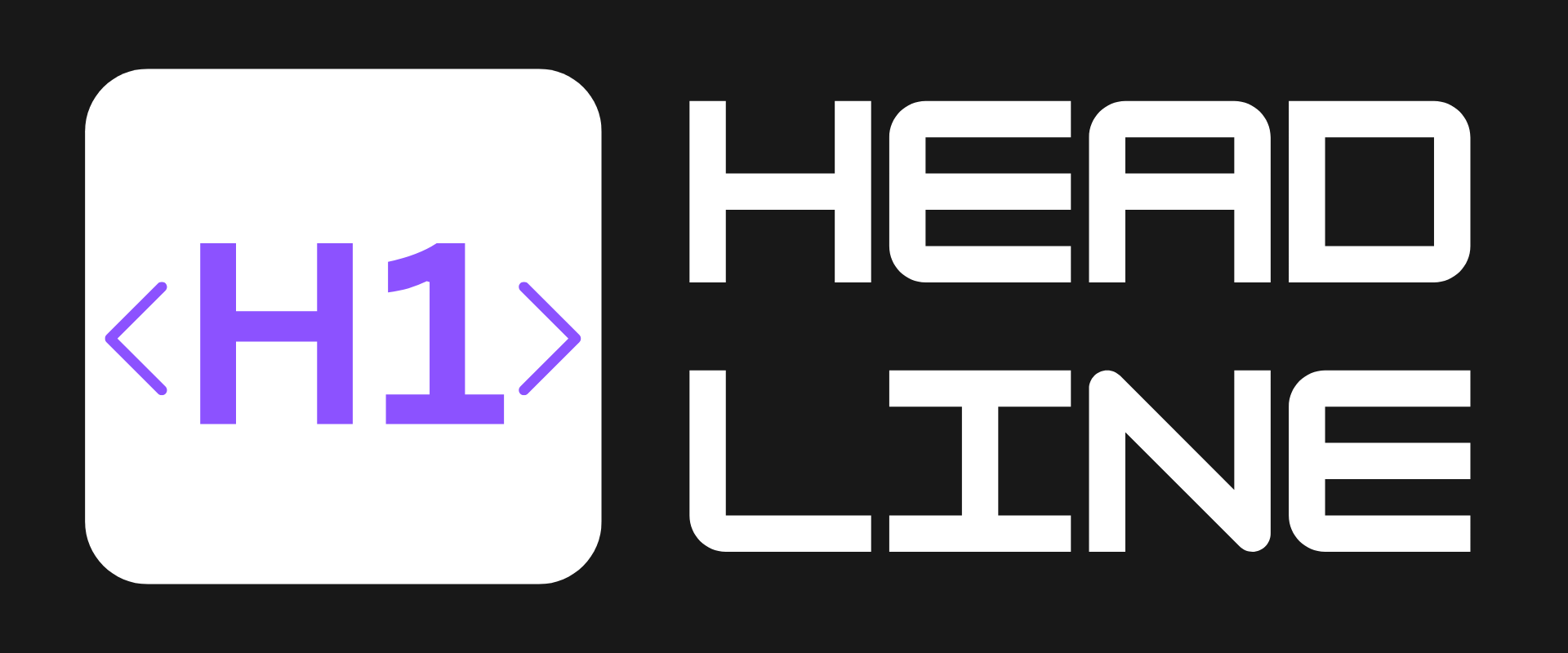AI: Humanity’s Last Hope or a New Source of Inequality?

Global Progress Stalls – Can AI Save Us From Ourselves?
For decades, human development trends pointed toward a brighter future. But the UN’s that progress has flatlined, with widening inequality and crises like COVID-19 derailing decades of gains. Now, a surprising contender emerges: artificial intelligence. But will it bridge divides or deepen them? Let’s dive in.
🌍 The Stalled Development Crisis
The 2025 Human Development Report paints a sobering picture:
- Global development progress has stalled for the first time in 30 years
- Inequality between rich and poor nations widened for the 4th consecutive year
- Only 3% of global AI investment reaches Africa, despite 70% of its population under 35
- The U.S. controls 50% of global data centers vs. Sub-Saharan Africa’s 1%
UNDP Administrator Achim Steiner warns: “If 2024’s sluggish progress becomes ‘the new normal’, the 2030 development milestone could slip by decades.”
✅ AI’s Promise: A Development Game-Changer?
The report highlights AI’s unexpected potential:
- ✅ 70% in low/mid-development countries expect AI to boost productivity
- ✅ 66% plan to use AI for education/health within 12 months
- ✅ China now produces 28% of global AI research (up from 13% in 2015)
UNDP’s Pedro Conceição argues: “AI can be a crucial bridge to new knowledge – empowering everyone from farmers to small business owners.” Key strategies include:
- Modernizing education systems for AI collaboration
- Prioritizing human-centered AI design
- Global governance frameworks for ethical deployment

🚧 The Great AI Divide
Regional disparities reveal stark contrasts:
- ⚠️ Africa: 600 million lack electricity – a basic requirement for AI adoption
- ⚠️ East Asia: China leads in robotics but lags in AI safety investments
- ⚠️ Latin America: Only 40% have quality internet access for AI tools
- ⚠️ Gulf States: Gender gaps persist despite $4.8B AI investments
Meanwhile, the U.S. and Europe dominate with:
- 72% of AI patents
- 85% of high-performance computing infrastructure
- $70.2B in 2024 U.S. AI investments alone
🚀 Final Thoughts: A Crossroads for Our Species
The AI development paradox comes down to three make-or-break factors:
- 📈 Governance: Can global cooperation prevent AI from mirroring existing inequalities?
- 🤖 Infrastructure: Will developing nations get the power grids and internet access needed to participate?
- 💡 Ethics: Can we prioritize human dignity over profit in AI’s evolution?
As Steiner notes: “This isn’t a report about technology – it’s about our ability to reinvent ourselves.” So – is AI the ladder we need to climb out of this development hole, or just another shovel digging it deeper? What do you think?
Let us know on X (Former Twitter)
Sources: UN News. Human Development Report 2025: AI’s Double-Edged Sword, May 2025. https://news.un.org/en/story/2025/05/1162926










